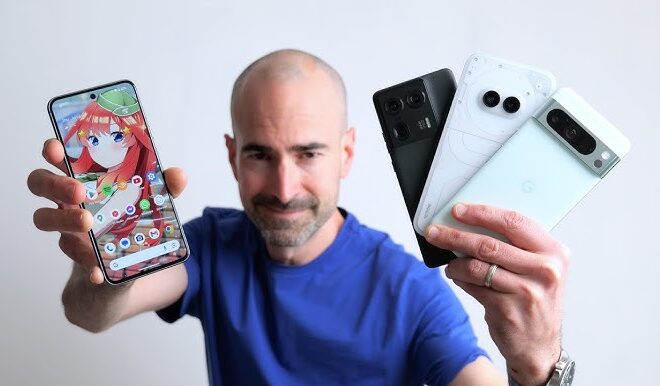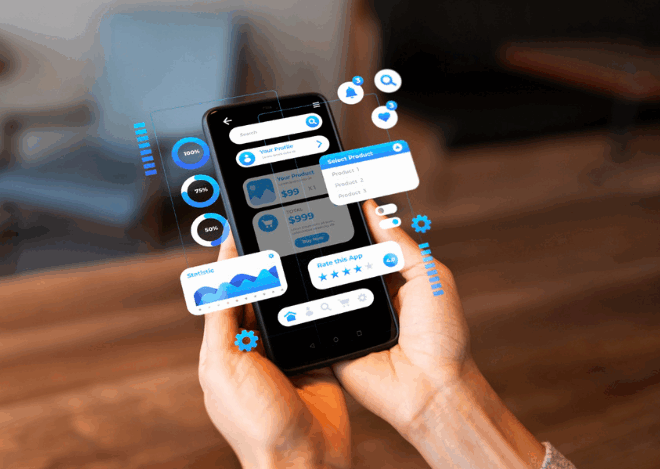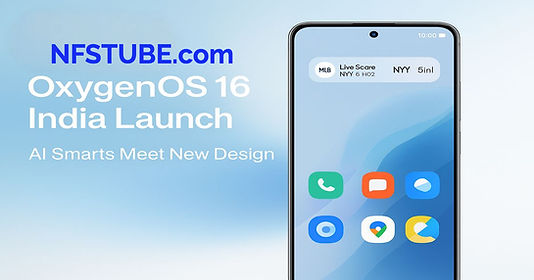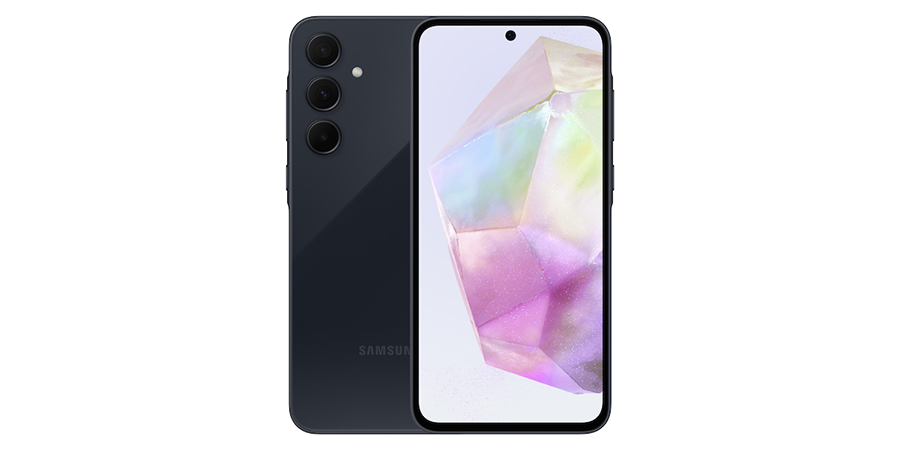
The New Wave of Android: Beyond the Spec Sheet – A Deep Dive into 2024’s Smartest Phones
The Android Renaissance: Why Your Next Phone is More Than Just a Faster Chip
For years, the narrative around new Android phones has been a predictable drumbeat of bigger numbers: more megapixels, faster processors, and higher refresh rates. While those metrics still matter, the landscape is undergoing a seismic shift. The latest wave of flagship Android devices from giants like Google and Samsung is championing a new philosophy, one where raw power takes a backseat to intelligent, predictive, and genuinely helpful experiences. This isn’t just an incremental update; it’s a fundamental rethinking of what a smartphone should be. The latest Android News isn’t about gigahertz anymore; it’s about on-device AI, computational magic, and an ecosystem that finally feels as seamless as it is powerful.
In this deep dive, we’ll move beyond the spec sheet to explore the trends that truly define the current generation of Android Phones. We’ll dissect the AI revolution that’s turning your device into a personal assistant, examine the subtle yet crucial advancements in camera and display technology, and explore how the world of Android Gadgets is creating a truly interconnected universe. This is your guide to understanding not just what’s new, but what it means for you in the real world.
Section 1: The AI Revolution: Smart is the New Fast
The single most significant trend in the Android space today is the integration of powerful, on-device Artificial Intelligence. For the first time, flagship phones are equipped with processors specifically designed to handle complex machine learning tasks without needing to constantly ping a server in the cloud. This shift from cloud-based to on-device AI is a game-changer for privacy, speed, and capability, creating features that feel like magic but are grounded in sophisticated technology.
Google’s Gemini and the Pixel 8 Pro: A Glimpse into the Future
Google has always used its Pixel line to showcase the pinnacle of its software vision, and the Pixel 8 Pro, powered by the Tensor G3 chip, is the ultimate expression of this. It was the first phone to run Google’s Gemini Nano model directly on the device. This isn’t just marketing jargon; it translates into tangible, real-world benefits. Consider the Recorder app: you can now record a two-hour meeting and have the device generate a concise, accurate summary in seconds, completely offline. For students or professionals, this is transformative. Another standout feature is Video Boost, which uploads your video to Google’s data centers for computational processing, dramatically improving color, lighting, and stabilization to a degree previously impossible on a phone. It’s a perfect example of hybrid AI—using both on-device smarts and cloud power for the best result.
Samsung’s Galaxy AI: Bringing Intelligence to the Masses

While Google often pioneers these features, Samsung excels at refining them and bringing them to a massive global audience with its Galaxy S24 series. “Galaxy AI” is a suite of tools designed to solve everyday problems. The most talked-about feature is Live Translate. Imagine you’re traveling in Japan and need to call a local restaurant to make a reservation. You can speak in English, and the person on the other end will hear a translated version in Japanese, and their reply will be translated back to you in real-time. It breaks down language barriers in a way that feels straight out of science fiction. Another incredibly useful tool is Circle to Search. See a pair of shoes you like in an Instagram post? Simply long-press the home button, circle the shoes, and Google will instantly find them for you to buy, without you ever leaving the app. It’s these practical, intuitive applications that are making AI an indispensable part of the modern smartphone experience.
Section 2: Beyond Megapixels and Refresh Rates: The Nuances of Modern Displays and Cameras
For years, the “camera wars” were fought over who could cram the most megapixels into a sensor. Similarly, display quality was often reduced to a single number: the refresh rate. Today, the conversation is far more nuanced. The best Android Phones of 2024 are focusing on the qualitative aspects of user experience—how a screen performs in the real world and the intelligence behind the camera lens.
The Quest for the Perfect Panel: Brighter, Smarter, and Tougher
The latest flagship displays are engineering marvels. The Samsung Galaxy S24 Ultra, for example, features a screen capable of hitting a peak brightness of 2600 nits. This doesn’t just mean it’s bright; it means HDR content on Netflix or YouTube pops with incredible vibrancy and realism. More importantly, Samsung introduced a new Gorilla Armor glass with a revolutionary anti-reflective property. In a real-world scenario, this means you can actually use your phone in direct sunlight without it turning into a useless pocket mirror. It’s a seemingly small upgrade that dramatically improves usability. Furthermore, LTPO (low-temperature polycrystalline oxide) technology has matured. Your phone’s display can now intelligently ramp its refresh rate down to 1Hz when you’re looking at a static image (like an email) and instantly scale up to 120Hz when you start scrolling, providing buttery smoothness while conserving significant battery life.
Computational Photography: The Magic Behind the Lens
While hardware like massive sensors and periscope zoom lenses are still important, the real magic is happening in the software. This is the domain of computational photography, where AI algorithms analyze and enhance every photo you take. Google’s Pixel phones are the masters of this. Super Res Zoom uses AI and the natural shake of your hand to capture multiple frames and combine them into a sharper, more detailed zoomed-in shot than optical hardware alone could achieve. Samsung, on the other hand, is using its AI prowess to enhance its powerful hardware. The Generative Edit feature on the S24 series allows you to move or remove objects in a photo, with the AI intelligently filling in the background. You can straighten a crooked photo, and instead of cropping the edges, the AI will generate new pixels to complete the frame. This isn’t just about taking a good photo; it’s about giving the user powerful, intuitive tools to create the perfect photo after the shot has been taken.
Section 3: The Connected Universe: How Android Gadgets are Creating a Seamless Experience
For a long time, Apple’s biggest advantage was its “walled garden”—the seamless way its iPhone, Watch, AirPods, and Mac all worked together. The Android ecosystem, with its multitude of manufacturers, felt fragmented by comparison. That is no longer the case. Google and its partners have made enormous strides in creating a cohesive and interconnected experience, turning your collection of Android Gadgets into a powerful, unified system.

Bridging the Gap: Watches, Buds, and Tablets
The modern Android ecosystem is built on interoperability. If you own a Pixel phone, a Pixel Watch 2, and Pixel Buds Pro, the experience is fluid. Start a podcast on your phone during your commute, and when you get home, you can seamlessly transfer it to your Nest Hub with a single tap. If a call comes in while you’re watching a video on your Pixel Tablet, your Pixel Buds will automatically switch the audio source from the tablet to the phone. Samsung’s ecosystem is just as robust. With Multi Control, you can use your Galaxy phone’s trackpad and keyboard to navigate and type on your Galaxy Tab S9. This level of integration removes friction from daily tasks, making technology fade into the background and just *work*. This focus on the ecosystem is a key piece of Android News that often gets overlooked but has a huge impact on user satisfaction.
The Foldable Frontier: Maturing into a Mainstream Contender
Foldable phones are no longer just a novelty for early adopters. Devices like the Samsung Galaxy Z Fold 5 and the OnePlus Open have refined the hardware and, more importantly, the software to offer unique, practical advantages. For a professional on the go, a foldable is a productivity powerhouse. You can participate in a video conference on the top half of the screen while reviewing a document and taking notes on the bottom half. The large inner display essentially replaces the need for a separate tablet for many tasks, from editing spreadsheets to immersive media consumption. The software has matured to take advantage of the form factor, with intuitive drag-and-drop multitasking and apps that intelligently adapt to the folded or unfolded state. While they still carry a price premium and durability is a long-term consideration, foldables represent the most exciting evolution in smartphone design in over a decade.
Section 4: Navigating the Choices: A Practical Guide for Your Next Android Phone
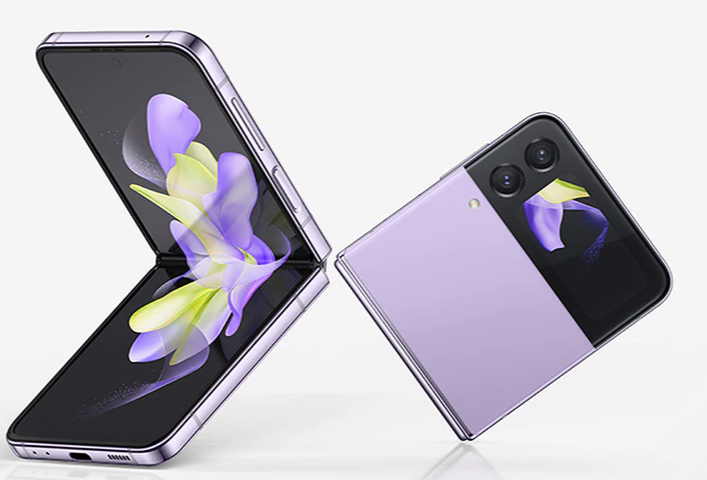
With so many incredible options, choosing the right device can be daunting. The key is to shift your mindset from chasing the highest numbers to identifying the features and experiences that will benefit you most. Here are some best practices and common pitfalls to consider when shopping for your next Android phone.
Best Practices for Choosing a Device
- Prioritize Software and Update Commitments: This is arguably the most important factor for long-term satisfaction. Google and Samsung now offer an unprecedented seven years of OS and security updates for their flagship devices. This means your phone will not only stay secure but will also continue to receive new features for years to come, dramatically increasing its value and lifespan.
- Consider Your “Ecosystem”: Think about the other tech you use daily. If you already own a Galaxy Watch and Buds, a Samsung phone will offer the most seamless integration. If you’re heavily invested in Google’s services like Photos, Drive, and Assistant, a Pixel phone will feel like a natural extension of that world.
- Look Beyond the Spec Sheet: Don’t get bogged down in a megapixel or gigahertz war. A phone with a well-optimized 50MP camera and brilliant software processing will almost always take better photos in the real world than a phone with a poorly implemented 200MP sensor. Focus on the results and features, not just the numbers.
Common Pitfalls to Avoid
- Ignoring In-Hand Feel: A phone can have the best specs in the world, but if it’s too heavy, too large, or has uncomfortably sharp edges, you’ll hate using it every day. If possible, try to hold a device in a store before you buy it to see how it feels in your hand and pocket.
- Falling for Niche Gimmicks: Be honest about which advanced features you will actually use. A 100x “Space Zoom” is an incredible technical feat, but if you’re not an avid birdwatcher or concert-goer, you might use it once and then forget about it. Focus on the core experience: battery life, screen quality, camera reliability, and overall performance.
Conclusion: The Future is Intelligent and Interconnected
The latest generation of Android phones marks a pivotal moment for the platform. The focus has decisively shifted from a brute-force approach of raw power to a more elegant, intelligent, and user-centric philosophy. On-device AI is not a gimmick; it’s enabling features that save time, break down barriers, and unlock new creative possibilities. Displays and cameras are being refined with a focus on real-world quality over marketing numbers. And most importantly, the ecosystem of Android Gadgets is finally delivering on the promise of a seamless, interconnected experience that rivals and, in some cases, surpasses the competition.
When choosing your next device, the key takeaway is to look past the spec sheet and consider the entire experience. The best Android Phone for you is the one that intelligently adapts to your life, works flawlessly with your other devices, and is backed by a commitment to long-term software support. The future of Android is bright, and it’s smarter than ever before.

